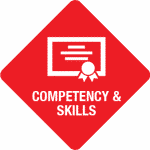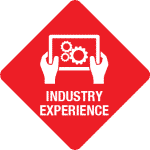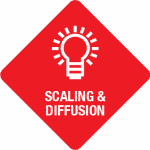America Makes developed the Additive Manufacturing EWD Roadmap to identify measurable and meaningful challenges that, when met, promote inquiry, knowledge-sharing, and technical advancements across the industry.
To create this Roadmap, America Makes first held in-person workshops and activities where members engaged in a series of methodologies to generate and categorize education and training needs. Working in teams, they documented hundreds of need statements and identified affinities, which ultimately converged on a curated set of concepts.
The outcome resulted in America Makes successfully identifying those concepts that are most suitable for public-private partnership projects, versus those that are more ideal for industry.
The America Makes Additive Manufacturing EWD Roadmap is broken down into the following five focus areas:







